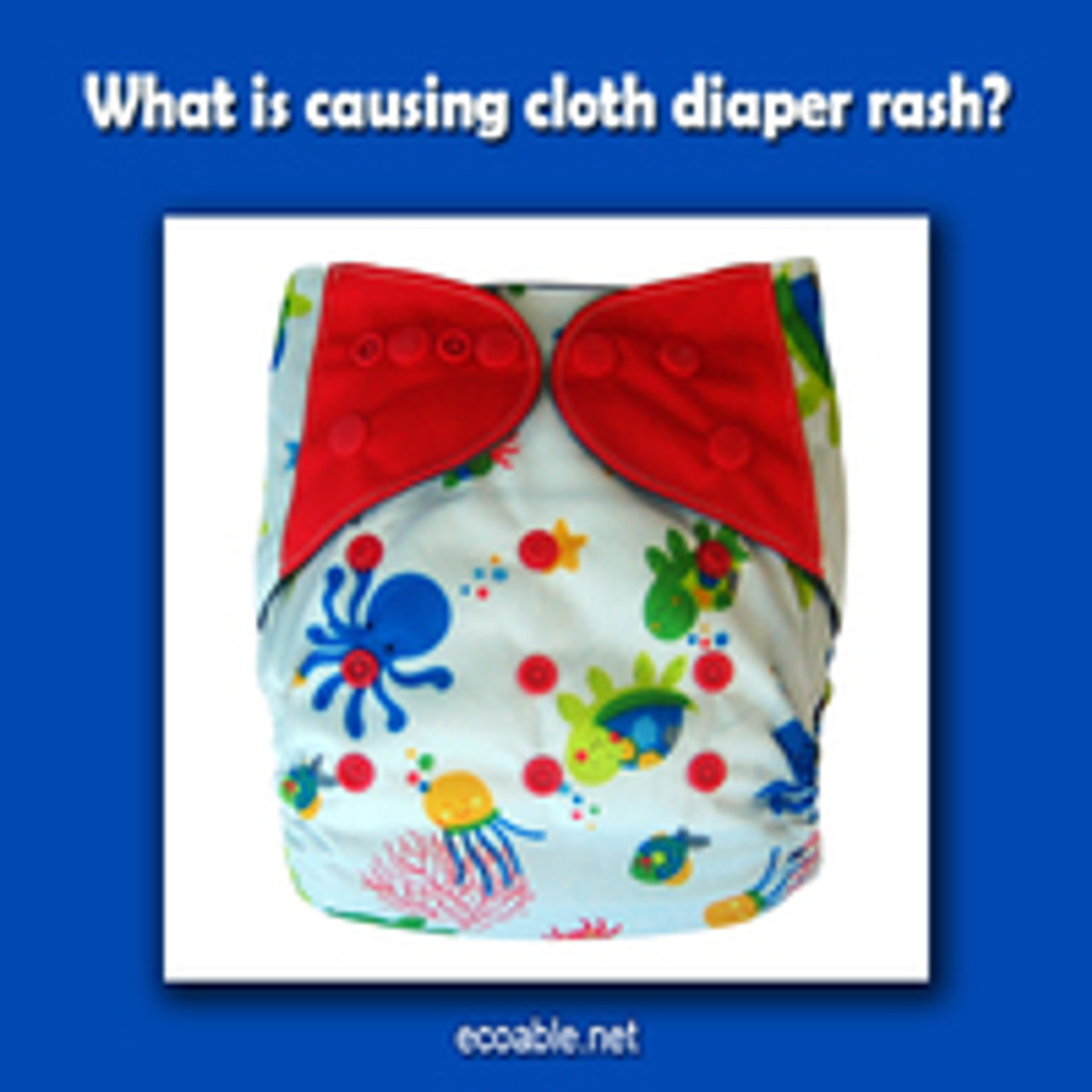
Cloth diapers are a great alternative to disposable diapers and tend to lead to fewer diaper rash occurrences, although they can still happen. There are a few great ways to deal with these diaper rashes when they do occur and things you can look out for to make them less uncomfortable and prevent further irritation.
Are you changing cloth diapers often?
Cloth diapers need to be changed more frequently than disposable diapers as cloth diapers do not the materials that pull wetness away from your baby. Because of this make sure to change your baby more often. You may also want to look into purchasing fleece liners that will help the skin stay as dry as possible. Having your baby in a wet diaper for any extended length of time will cause a diaper rash to develop.
Allergies to the cloth diapers or detergents?
Allergies to the cloth diapers themselves as well as detergents or diaper creams can also lead to a rash. If your baby starts to develop a rash and you haven't changed their food, think if anything else have changed recently. Are you using a new cloth diaper, laundry detergent or baby wipes? If so, this may be the culprit. Take anything new away for a few days and see if that makes a difference.
Did you introduce new foods?
When introducing new foods, diaper rashes can be common and may cause loose bowel movements or more acidic movements which can lead to a diaper rash. When introducing new foods, introduce one at a time and wait four days to make sure there is no reaction. Doing this will help you to know what foods your little one may be sensitive to or allergic. Foods such as wheat and dairy if your baby is allergic to them. Others such has fruits and citrus juices can cause irritation from the increase in acid thus causing loose stools. Just keep watch so you can adjust the diet if necessary.
Can medications cause diaper rash?
Medications can also cause issues with bowels, some causing diarrhea which can in turn cause diaper rashes. If your child is on antibiotics in particular, you may want to consider giving them child probiotics. This will help with any potential gut issues by making sure good bacteria is replaced. Sometimes antibiotics can also lead to a yeast rash. This rash will have a different appearance than other rashes, with small raised bumps. If this is the case, make sure to sanitize anything that would come in contact with your child in order to assure that the yeast has been killed.
Being aware of the possibilities is the first step toward combatting diaper rash. Having knowledge is key to keeping your baby safe and healthy.
Have you encountered cloth diaper rash and how did you solve it? Please comment below.


